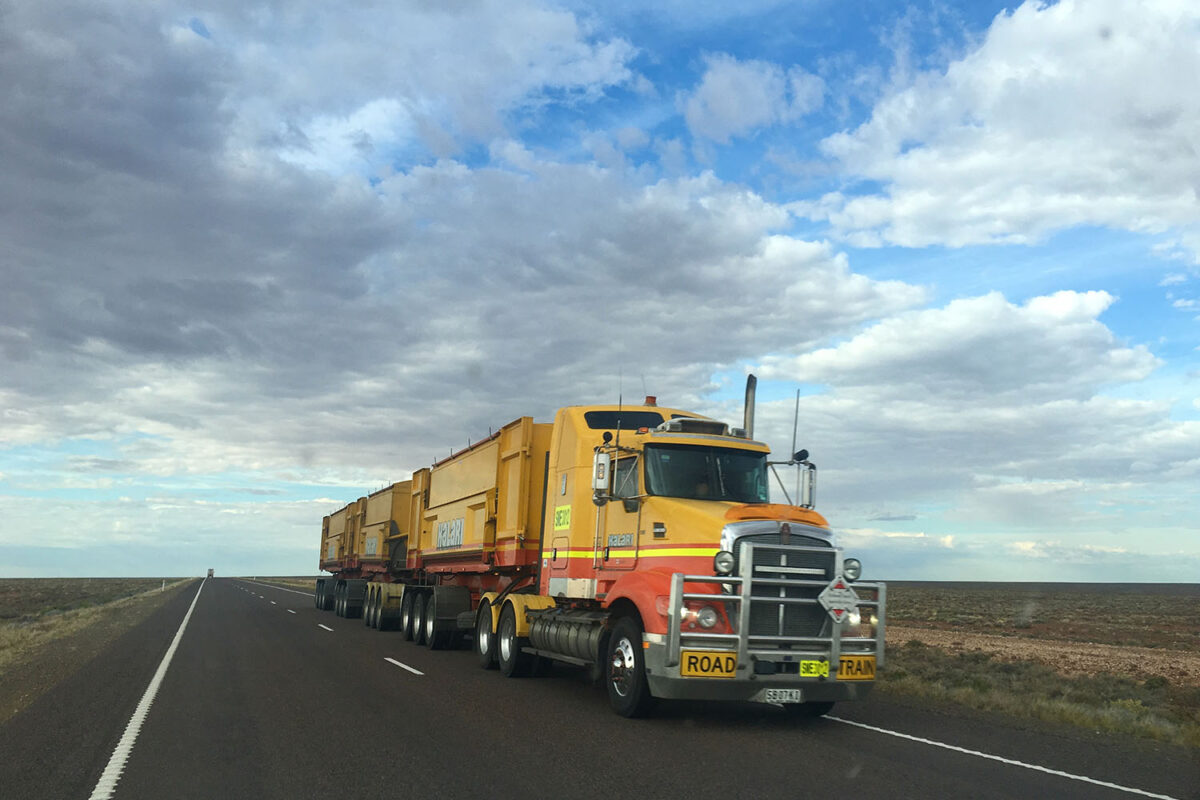Estimated reading time: 4 minutes
According to NSC, the total motor vehicle injury costs were estimated at $416.2 billion in 2016. Such costs include wage and productivity losses, medical expenses, administrative expenses, motor vehicle property damage and employer costs.
If you’re a small business owner with commercial vehicles, it’s important to not only ensure that you’re covered with business auto insurance, but also to understand it. Provided by Trusted Choice, here are some myths and truths about your business auto policy (BAP).
Myth: Your employee is covered by your BAP will driving his or her personally owned vehicle.
Example: “Hey, Carl, I need you to drop these boxes off at UPS. Fred’s making deliveries with the company truck, so can you take your car?”
Truth: If Carl has an accident on this trip, his personal auto insurance will be on the hook, and his coverage may be limited or excluded (because the accident happened while he was using his personal car for business). Unless you specifically modify your BAP, it will not cover your employees.
Myth: The BAP for your company vehicle also covers any property, such as equipment or cargo, that is damaged in an accident while being transported in or towed by that vehicle.
Example: You’re in an accident while driving your landscaping company truck. Not only is your truck totaled, but so is the tractor you were towing.
Truth: An auto insurance policy is not designed to cover damage to a business’s property, whether stored in or on the vehicle. Depending on the type of property, you can protect your business against such damage with a specialty insurance policy, such as commercial property, equipment or cargo.
Myth: If damage is caused by the use of equipment that is normally attached to your company vehicle, such as a pump or shovel, the BAP will cover the cost.
Example: You’re pumping out a septic tank when the hose on your company truck bursts, covering your customer’s property with the tank’s contents. The high cost of the cleanup really, really stinks.
Truth: While damage to attached equipment may be covered by your BAP, damage caused by attached equipment is not. You may be able to insure against such damage through a general liability or other type of special liability insurance policy.
Myth: Your business is always covered by the BAP for accidents involving any vehicle, including those rented or borrowed, if they’re being used on behalf of the business.
Example: Joan rents a car in your company’s name to travel to a regional sales meeting. But she texts while driving and causes an accident with injuries. The injured party then names both Joan and your business in a lawsuit.
Truth: Your BAP specifies which vehicles it covers with coverage symbol numbers that represent different tiers of coverage. There are several options and they all have different meanings. In the example above, your BAP would cover the business for Joan’s accident only if it included either coverage symbol 1 (liability for any auto) or coverage symbol 9 (liability for autos not owned by the business).
Myth: If your employee is injured in an accident while driving your company vehicle, the cost of that employee’s injury will be covered by your BAP.
Example: While delivering flowers in your company van, your employee Mark hits a patch of black ice in the road, loses control, crashes into an embankment and sustains injuries that land him in the hospital.
Truth: Mark was injured while working for your company, so his medical bills and the benefits payable to him typically would be addressed by workers’ compensation, not a BAP.
At Garden State Central Insurance Services, a Trusted Choice® agency, the commercial insurance experts can help you purchase and navigate your business auto policy. Contact us now for a free consultation.

